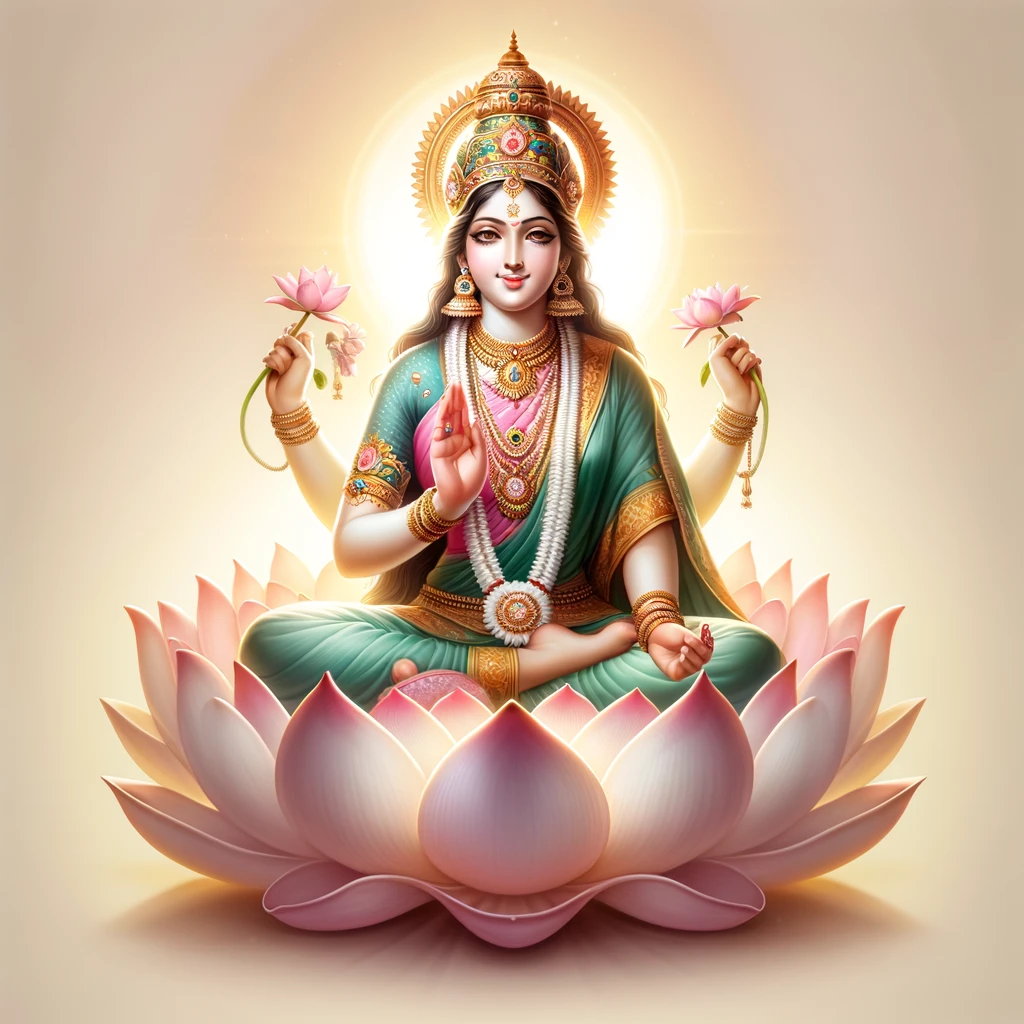
In the realm of Hinduism, the veneration of deities is an integral part of spiritual practice, and the devotion to Santoshi Mata, the Goddess of Satisfaction, holds a special place in the hearts of many. Among the various rituals associated with her worship, the Santoshi Mata Vrat Katha (fasting story) is particularly revered for its ability to bring contentment and fulfillment to the lives of devotees. In this article, we will explore the full Santoshi Vrat Katha, its significance, the dietary observances during the fast, the necessary pooja materials, and the manifold benefits of this sacred fast.
The Full Santoshi Mata Vrat Katha
The story of Santoshi Mata Vrat revolves around a devoted old woman who, despite her poverty, performed the Santoshi Mata fast with unwavering faith. Her devotion was rewarded when the goddess appeared before her, granting her a divine vision and transforming her life with prosperity and happiness. Inspired by this miracle, the woman’s sons and daughters-in-law also began observing the fast, leading to the resolution of their troubles and the fulfillment of their desires.
The narrative emphasizes the power of faith and the blessings that come from observing the Santoshi Mata fast with a pure heart. It serves as a reminder to devotees that sincere devotion to the goddess can bring peace, contentment, and divine grace into their lives.
Importance of the Katha
The recitation of the Santoshi Mata Vrat Katha during the fast is of paramount importance. It is believed that listening to or reading the story with devotion and respect amplifies the efficacy of the fast, drawing the devotees closer to the divine essence of Santoshi Mata. The katha serves as a medium through which the goddess’s blessings are invoked, and it reinforces the spiritual connection between the devotee and the deity.
Dietary Observances During the Fast
Devotees observing the Santoshi Mata fast traditionally abstain from consuming sour foods, as it is believed that sourness can negate the fast’s benefits. The recommended diet includes simple, vegetarian meals that are free from any sour ingredients. Fruits, nuts, and sweets made from jaggery are commonly consumed, while items like yogurt, tomatoes, and citrus fruits are avoided to maintain the sanctity of the fast.
Pooja Materials Required
The pooja (worship) of Santoshi Mata requires specific materials to ensure the ritual’s effectiveness. These include:
- A picture or idol of Santoshi Mata
- A red cloth to cover the altar
- Incense sticks and a lamp
- Raw sugar (gur) and chickpeas (chana) for offerings
- Flowers and garlands for decoration
- A coconut for the pooja
- A small copper or brass vessel filled with water
Benefits of the Fast
Devotees who observe the Santoshi Mata fast with sincerity and devotion are said to experience a multitude of benefits, including:
- Resolution of financial difficulties and prosperity in life
- Harmony and happiness in family relationships
- Fulfillment of desires and wishes
- Removal of obstacles and challenges
- Inner peace and contentment

